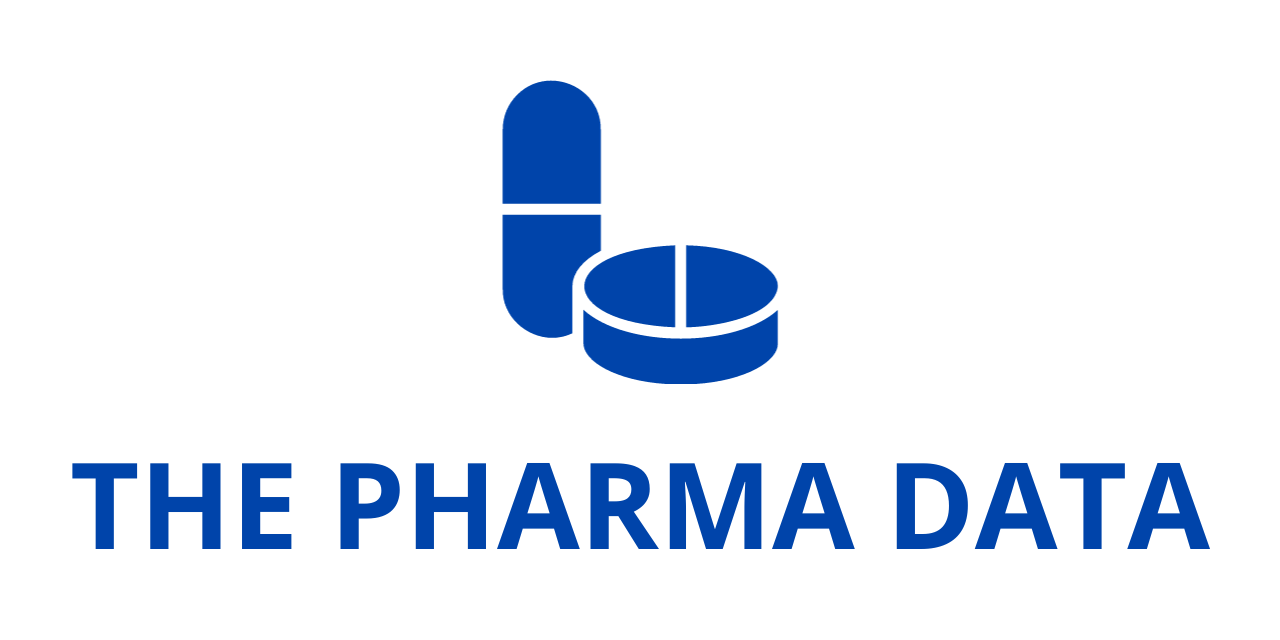
Roche’s Lunsumio and Polivy Combination Marks Major Advance in Relapsed or Refractory Large B-Cell Lymphoma with Significant Remission Durability
Roche has announced promising results from its pivotal Phase III SUNMO study (NCT05171647), demonstrating that its novel subcutaneous combination therapy of Lunsumio® (mosunetuzumab) and Polivy® (polatuzumab vedotin) yields statistically significant and clinically meaningful improvements in key efficacy measures compared to the conventional chemotherapy-based regimen of R-GemOx (MabThera®/Rituxan® with gemcitabine and oxaliplatin). This milestone marks a potential turning point in the treatment landscape for patients with relapsed or refractory (R/R) large B-cell lymphoma (LBCL) who are ineligible for stem-cell transplant—a patient population with limited and often suboptimal options.
The findings were delivered as a late-breaking oral presentation during the 18th International Conference on Malignant Lymphoma (ICML), underscoring the importance and high scientific value of the results within the hematology community. Roche has confirmed that the SUNMO data will be submitted to global regulatory agencies, including the U.S. Food and Drug Administration (FDA), in support of potential approval for broader use of this chemotherapy-free treatment combination.
Additionally, this Lunsumio-Polivy regimen has already garnered recognition from major oncology authorities. The National Comprehensive Cancer Network® (NCCN®) has recently updated its Clinical Practice Guidelines in Oncology (NCCN Guidelines®) to include this combination as a category 2A recommended regimen for patients with second-line diffuse large B-cell lymphoma (DLBCL) who are not candidates for transplantation—an important validation from one of the most influential bodies in cancer care.
A Landmark in Non-Chemotherapy-Based Immunotherapy
“This combination represents a powerful step forward,” said Dr. Levi Garraway, M.D., Ph.D., Roche’s Chief Medical Officer and Head of Global Product Development. “Lunsumio and Polivy are the first combination of a bispecific antibody and an antibody-drug conjugate (ADC)—a pairing that avoids traditional chemotherapy and offers a highly targeted immunotherapy approach. We’re particularly encouraged by the favorable safety profile and the potential for outpatient administration, both of which align with the evolving needs of diverse healthcare settings.”
The SUNMO trial evaluated subcutaneous Lunsumio in combination with intravenous Polivy in comparison to R-GemOx, a standard salvage regimen for transplant-ineligible LBCL. With a median follow-up of 23.2 months, the study demonstrated a 59% reduction in the risk of disease progression or death with the investigational combination. The hazard ratio (HR) was reported at 0.41 (95% CI: 0.28–0.61; p<0.0001), indicating a highly significant clinical advantage.
Deep and Durable Remissions Observed
Not only was progression-free survival (PFS) significantly extended, but it was also three times longer with the Lunsumio and Polivy combination. Median PFS reached 11.5 months (95% CI: 5.6–17.6) compared to 3.8 months (95% CI: 2.9–4.1) in the R-GemOx arm. At the 12-month mark, the proportion of patients remaining progression-free was 48.5% in the investigational arm, more than double the 17.8% rate observed with the chemotherapy-based regimen.
The benefit was maintained across various subgroups, including those with high-risk disease profiles such as primary refractory patients. In this difficult subgroup, the HR for PFS was 0.46 (95% CI: 0.29–0.72), again favoring the novel combination.
While overall survival (OS) data remain immature at this stage of follow-up, early trends are encouraging. Median OS was reported as 18.7 months (95% CI: 14.1–not evaluable) in the Lunsumio-Polivy arm, compared to 13.6 months (95% CI: 9.9–NE) in the control group (HR: 0.80; 95% CI: 0.54–1.20).
High Response Rates Without Chemotherapy
The study also reported a notable increase in objective response rate (ORR) and complete response (CR) rate. Patients receiving the Lunsumio and Polivy combination achieved an ORR of 70.3% (95% CI: 61.9–77.8) versus 40.0% (95% CI: 28.5–52.4) for R-GemOx. Impressively, the complete response rate more than doubled, reaching 51.4% (95% CI: 42.8–60.0) compared to just 24.3% (95% CI: 14.8–36.0) in the control arm.
Equally critical is the durability of these responses. Among patients who achieved a complete response, 72.6% in the Lunsumio-Polivy group remained in remission at one year, compared to 44.1% in the R-GemOx arm. These outcomes suggest a compelling potential for long-term disease control with this chemotherapy-free approach.
A Safer, More Convenient Therapeutic Option
Safety and tolerability remain crucial considerations in a population that often includes older adults or those with comorbidities. According to study data, the safety profile of the Lunsumio and Polivy combination was consistent with prior reports of each individual agent, with no unexpected toxicity signals.
The rate of cytokine release syndrome (CRS), a known risk associated with bispecific T-cell engagers, was relatively low. CRS occurred in approximately 25% of patients, and less than 5% experienced Grade 2 or 3 events. Importantly, no cases of immune effector cell-associated neurotoxicity syndrome (ICANS) were observed. Rates of Grade 3–4 adverse events were comparable between arms (58.5% vs. 57.8%), and the rate of treatment discontinuation due to AEs was actually lower in the Lunsumio-Polivy arm (2.2% vs. 4.7%).
Dr. Jason Westin, Professor of Lymphoma and Director of Clinical Research at MD Anderson Cancer Center, remarked on the potential paradigm shift this combination could usher in:
“There remains a clear need for effective and well-tolerated treatments for people with this difficult-to-treat disease. If approved, this off-the-shelf, fixed-duration treatment—administered without the need for hospitalization or intensive chemotherapy—would represent a meaningful alternative.”
Addressing a Critical Unmet Need in LBCL
High-dose chemotherapy followed by autologous stem cell transplantation (ASCT) has long been the standard second-line treatment for relapsed/refractory LBCL. However, many patients—due to age, frailty, comorbidities, or lack of access—are not eligible for transplant. Moreover, the aggressive nature of DLBCL means that early, effective intervention is essential, even before transplant eligibility can be assessed.
Despite recent therapeutic advances, including CAR T-cell therapies and other immunotherapies, there remains a pressing need for scalable, outpatient-friendly, fixed-duration treatments. The Lunsumio and Polivy regimen directly addresses this gap and may offer a more practical and widely applicable option.
Strategic Momentum in Roche’s Lymphoma Portfolio
Roche continues to build one of the broadest hematologic oncology pipelines in the industry. The company’s strategic focus includes combining novel agents with complementary mechanisms of action to improve outcomes across a range of lymphoma subtypes. Alongside Lunsumio and Polivy, Roche is actively evaluating Columvi® (glofitamab)—another CD20xCD3 bispecific antibody—in combination with chemotherapy agents like GemOx in the Phase III STARGLO trial (NCT04408638) for patients with R/R DLBCL.
Lunsumio is already approved in over 60 countries for patients with relapsed or refractory follicular lymphoma (FL) after two or more prior therapies. Meanwhile, Polivy is approved in more than 100 countries in combination with MabThera/Rituxan and CHOP chemotherapy for previously untreated DLBCL, and in over 90 countries for relapsed/refractory DLBCL in combination with bendamustine and MabThera/Rituxan.
With the SUNMO study reinforcing Roche’s position at the forefront of lymphoma innovation, the company is poised to potentially offer chemotherapy-free, immunotherapy-driven treatment strategies that are more accessible, better tolerated, and highly effective—especially for those patients who have historically had few viable options.




